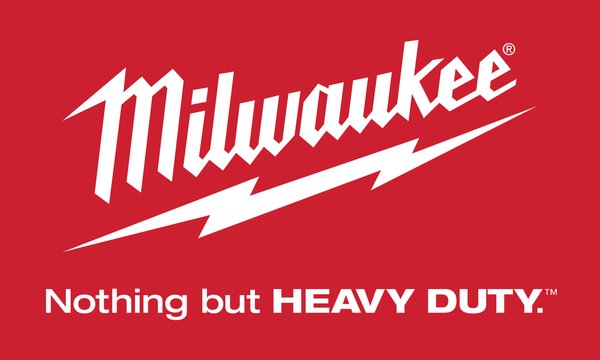
Safety Alert 102 - Working at Heights
What is Working at Heights?
A worker is considered to be working at heights if there is a risk of falling 2 metres or more.
Regulation 3.55 of the OSH Regulations (in effect until 30/03/2024) specifies the control
measures that should be applied when there is a risk of a fall of two metres or more from the
edge of specific structures, such as scaffolds, or three metres or more from any other edge.
What should you do to reduce your risk?
As with all tasks, you need to assess the potential risks e.g. how likely is it that you could
fall?
Identify the hazards
For example:
• How far could you fall?
• If you do fall, is there a chance of impalement? (e.g. a picket fence, protruding rebar)
• Is the working surface slippery or wet?
• Are you trained and competent to complete the task at hand?
Implement controls
For example:
• Scaffolding
• Edge protection devices
• Fall prevention systems
• Fall arrest devices
Carrying out works from ground level is recommended where possible.
When implementing your controls, remember the Hierarchy of Control and ensure that you
are correctly trained in the implementation of those controls.
What is the difference between the
different fall systems?
• Fall prevention systems aim to passively prevent a fall from happening.
• Fall restraint systems actively restrain a user from being able to reach an edge or
drop-off.
• Fall arrest systems are designed to stop a worker that has already fallen from hitting the ground.
Things to remember when using a harness
• Always inspect your harness before use and remember that one size does not fit all – ensure that it is fitted correctly.
• Always use your fall arrest strap if you are operating in a fall arrest situation, but never when operating as fall prevention.
• Always use the correct anchor point and install temporary points as per the manufacturer specifications.
• Use more than one anchor point if necessary, never extend your rope longer than your fall clearance.
• A harness in restraint mode will stop you from falling from a working height, but not from falling onto the surface itself. Remember to remain aware and do not go on an unsafe surface.
• Account for fall swing (pendulum effect) when selecting the length of your rope so that you do not swing back and hit a surface or object upon your fall.
• Know the total fall clearance needed:

For further information, please see the Code of Practice for Managing the risk of falls at workplaces, or the Code of Practice for Managing the risk of falls in housing construction












